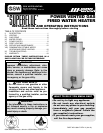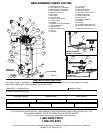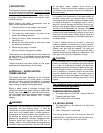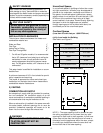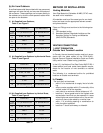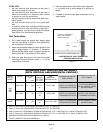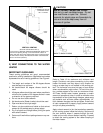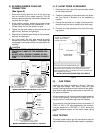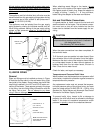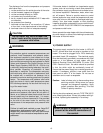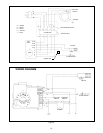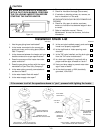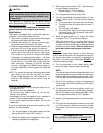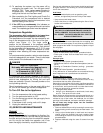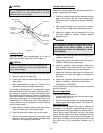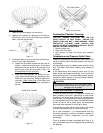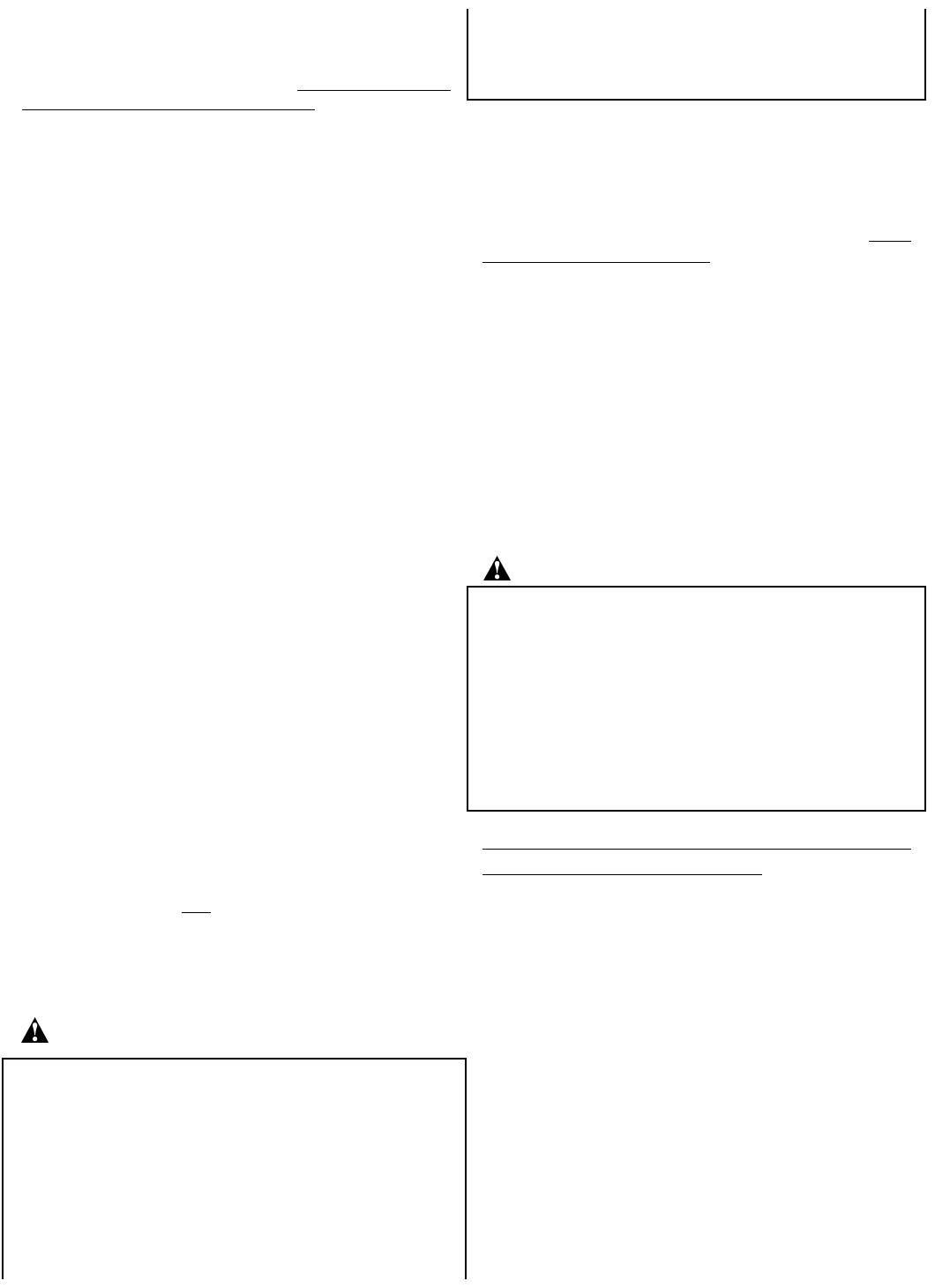
-1-
I) DESCRIPTION
The “Superflue” series of water heaters can be installed
to vent the products of combustion horizontally through
the wall or vertically through the roof. A blower is used
to expel the products of combustion by means of plas-
tic piping to the outdoors without the need for a con-
ventional chimney.
Before installing this heater, consideration must be
given to these installation details:
1. The best location for the outdoor vent terminal.
2. Where and how to route the vent pipes.
3. This heater may create blower / air noise. Do not
locate near sleeping quarters.
4. Where and how to obtain combustion, ventilation,
and dilution air.
5. Where the cold water supply is, and how to feed
hot water into the system.
6. Where the gas supply is located.
7. Where the electric receptacle is located.
These issues are interrelated and will help determine
the best location. It is suggested that each parameter
be looked at individually without losing sight of the
other parameters.
These instructions have been written for the proper
installation and safe operation of this heater.
APPROVALS – WATER HEATING,
COMBO HEATING
This heater has been approved by the Canadian
Standards Association as a water heater to provide
domestic hot water, and with the addition of a suitable
fan coil and / or baseboard radiators for combination
water heating and space heating application.
Where a water heater is intended to supply both
domestic hot water and space heating, a proper heat
survey (heat loss) calculation must be done to deter-
mine if the heater will supply sufficient energy to handle
the anticipated load. See Section VIII) – Combo
Heating.
WARNING
This heater must be installed in accordance with these
instructions and local building codes. It must be
installed with a proper temperature and pressure relief
valve, which may release water in normal operation.
Temperature and pressure relief valves installed, must
be certified as meeting the requirements for the
Standard for Temperature, Pressure, Temperature and
Pressure Relief and Vaccum Relief CSA 4•4, in
Canada. When in the United States the Requirements
for Relief Valves and Automatic Gas Shut-Off Devices
for Hot Water Supply Systems, ANSI Z21•22, is
required. These valves must be installed in the open-
ing marked for this purpose, at the time of installation of
the water heater.
It is possible that connections to the water heater, or
the water heater itself, may develop leaks. It is there-
fore imperative that the water heater be installed so that
any water is directed to an adequate drain in such a
way that it cannot damage the building, furniture, car-
peting or other property subject to water damage. GSW
cannot be held responsible for damage caused by
water from the water heater, pressure relief valve or
related fittings where adequate provision to drain such
water has not been made. Closets without drains and
carpeted areas are examples of unsuitable locations for
any water heater.
If such a location cannot be avoided, or when the
heater is installed on a mezzanine or multi–level build-
ing where water leakage may damage lower floors, a
suitable drain pan must be installed. This drain pan
must be at least 1 - 1/2” deep and be provided with a
pipe that directs overflow water to a suitable drain. This
drain pan must not restrict combustion air flow.
CAUTION
If it is inevitable that this heater has to be installed
directly on carpeting, the carpeting must be protected
by a metal or wood panel beneath the appliance,
extending beyond the full width and depth of the appli-
ance by at least 3 inches in any direction, or if the appli-
ance is installed in a closet or alcove, the entire floor
must be covered by the panel. This panel must be
strong enough to carry the weight of the heater full of
water. Failure to heed this warning may result in a fire
hazard.
The inst
allation must conform to one or more
of the following as applicable:
CANADIAN INSTALLATIONS
1. The latest edition of CSA B149.1 Natural Gas and
Propane Installation Code
2. Public Utility and/or Local Codes
U.S. INSTALLATIONS
1. The latest edition of the National Fuel Gas Code
ANSI Z 223.1
2. Public Utility and/or Local Codes
The venting system of this unit must be used and
installed strictly in accordance with the instructions con-
tained in the “Venting” section of this manual.



